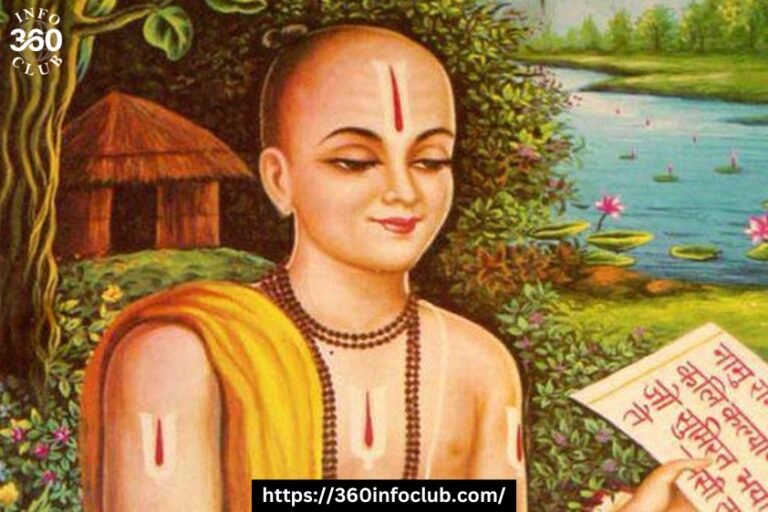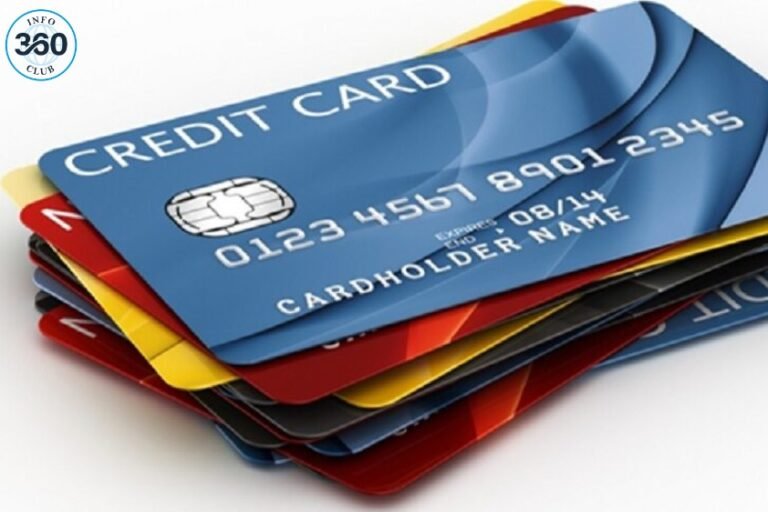Top 10 Amazing Facts About Indian Elections
The first Indian Elections were held in 1951, five years after independence. In addition to not having any experience running elections, the new Election Commission had to manage the vast geographic expanse of the country. There was also a big illiterate electorate. It was a massive act of faith, building the world’s largest democracy. Innovative and disruptive thinking turned it into a success for India.
Establishment of The Indian Election Commission
India’s Election Commission was established on January 25, 1950, one day before it became a republic. It administers Indian Elections, both at the national and state levels. As a result, elections are free and fair.
First Election Commissioner of India
The First Election Commissioner of India was Sukumar Sen. It was his responsibility to oversee the election process and ensure that it was fair. He played a major role in designing symbols for parties, so people who couldn’t read or write could cast a ballot, enhancing accessibility and inclusivity.
First Indian Elections
In 1951 and 1952, the first Lok Sabha elections were held in India. In the Lok Sabha, 489 seats were allotted to 401 constituencies across 25 states. During the election for the 489 Lok Sabha seats, 1,949 candidates contested the seats. Every candidate got a ballot box of a different color, on which they wrote their name and a symbol.
Voting Age In India
In the Lok Sabha and Legislative Assemblies, the age of majority was lowered from 21 to 18 as part of the 61st Amendment to the Indian Constitution. A 61st amendment to the Indian Constitution amends Article 326.
NOTA Votes And Their Design
The NOTA option allows voters not to vote for any candidate in their constituency during an election if they do not wish to support any candidate. Five states held assembly elections, and Electronic Voting Machines (EVMs) introduced the NOTA option. To create this emblem, the National Institute of Design in Ahmedabad.
First Electronic Voting Machine (EVM)
For the first time, electronic voting machines were used in a by-election in 1982, in the North Paravur Assembly Constituency. Goa’s first election (state-wide) with EVMs was in 1999. This prompted the Election Commission to use only electronic voting machines for the 2004 Lok Sabha elections and all by-elections and state elections in 2003.
Indelible Ink Election India
Innovative solutions include photosensitive indelible ink that marks voters’ fingertips to prevent electoral fraud. It is not known what the recipe was for creating this ink.
Ballot Box Voting Process
Bombay’s Vikhroli factory built the first-ever ballot box for a penny apiece. As a means to cast confidential ballots, these ballot boxes enabled fair and secure elections. The public could access these ballot boxes by train, car, camel, and elephant.
It did not take the Election Commission long to achieve this monumental feat. As a result, all people, regardless of their gender, culture, or religion, had the opportunity to vote. The Indian elections have evolved into a global benchmark over the years.
Seats In Lok Sabha And Rajya Sabha
The Indian Parliament has two chambers, the Lok Sabha (House of the People) and the Rajya Sabha (Council of States). With 543 seats in the Lok Sabha and 245 in the Rajya Sabha, there are 543 total seats in each house. The people directly elect Lok Sabha members, while state legislatures appoint Rajya Sabha members.
First Elected President of India
Dr. Rajendra Prasad was the first elected President of India, assuming office on January 26, 1950. He was re-elected in 1952 and 1957, serving as head of state during a crucial period of nation-building and democracy consolidation.
Indian elections are a remarkable demonstration of democratic principles in action. Since the establishment of the Election Commission, EVMs and the NOTA option have been adopted in India’s electoral process. This reflects the nation’s commitment to democratic values. These ten facts highlight the unique and impressive aspects of Indian elections, showcasing the country’s dedication to maintaining a robust and inclusive political system.







